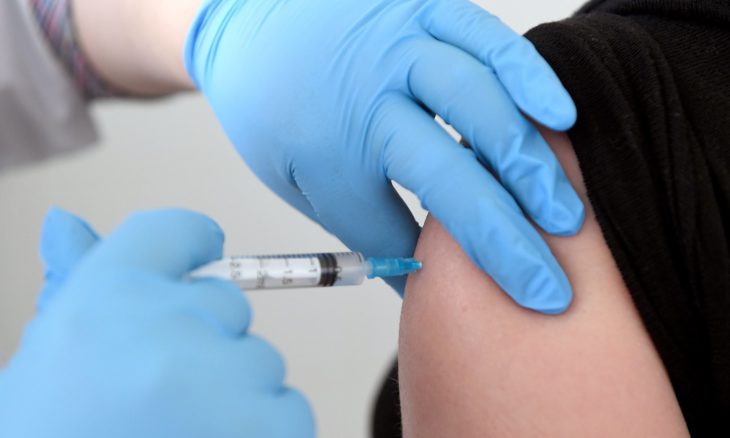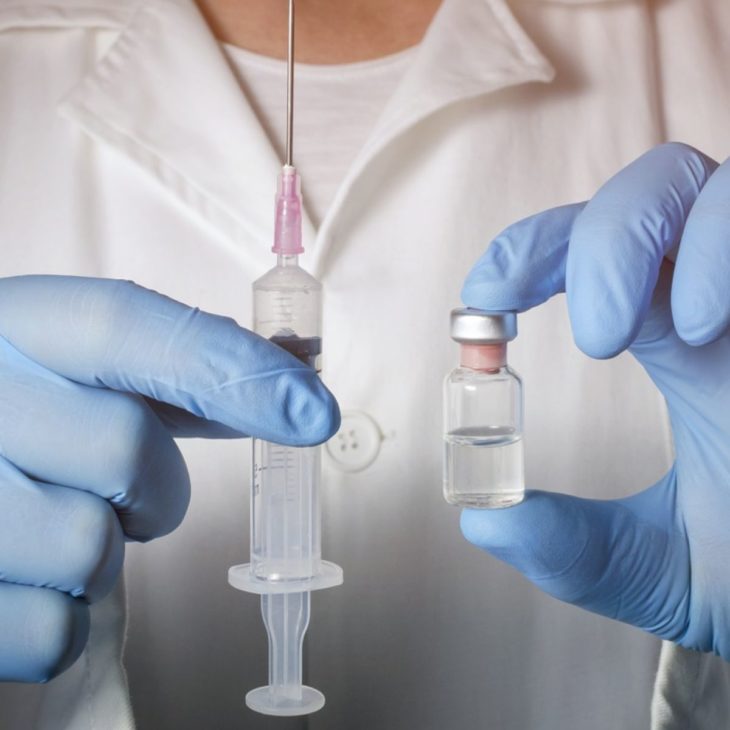Since the introduction of the human papillomavirus (HPV) vaccine Gardasil in 2006, infections in women and girls have been by more than half. This statistic exceeds the expectations of researchers and although this progress is encouraging, the Center for Disease Control and Prevention Director Thomas Frieden stated, “the report should be a wake-up call to our nation to protect the next generation by increasing HPV vaccination rates.”
The fact that the infection rate has dropped so much comes as a surprise because the inoculation rate in the U.S. is relatively low: only a third of girls ages 13 to 17 in the U.S. have been vaccinated. Unfortunately, HPV vaccinations have been dogged by “moral panic” concerns that vaccinating adolescent girls will encourage them to be promiscuous — which is flat-out not true.

Source: dailymail
Researcher Lauri Markowitz explains the severe drop in infections with a concept called “herd immunity”. This concept basically means that since some people have been vaccinated, there are fewer carriers so even people who have not been vaccinated do not become infected as often. In the case of the HPV vaccine, which comes in three doses, this can also mean that the vaccination is effective even when all three doses have not been administered.
According to the CDC, HPV infections cause about 21,000 cases of cancer in women per year, with cervical cancer being the most common. 12,000 cases of HPV-related cancer occurs in men per year, with oropharyngeal cancer being the most common.
The 56 percent drop in HPV infections is amazing progress, but our work is not over yet. Frieden states, “Our low vaccination rates represent 50,000 preventable tragedies – 50,000 girls alive today will develop cervical cancer over their lifetime that would have been prevented if we reach 80 percent vaccination rates.”

Source: irishtimes
The CDC recommends routine HPV vaccination for both boys and girls at age 11 or 12. More vaccination= less cancer = good things.
Original by:
